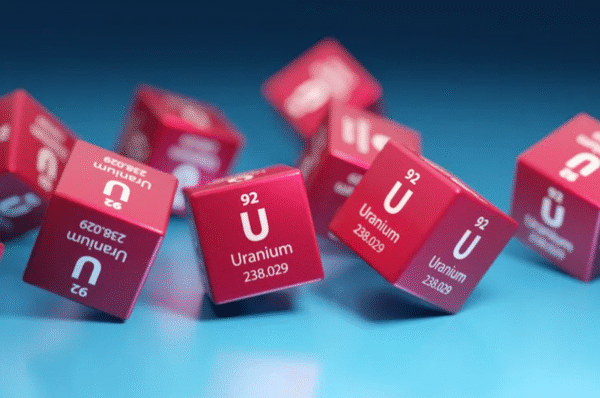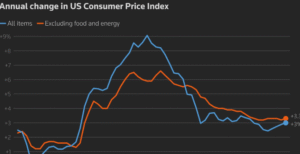$CCJ $URA $NLR
#NuclearEnergy #Uranium #EnergyTransition #CleanEnergy #Investing #UraniumStocks #Geopolitics #EnergyCrisis #LowCarbon #ClimateChange #StockMarket #EnergyPolicy
Over the past few years, nuclear energy has been experiencing a resurgence in interest, particularly in Western economies, largely driven by the global energy crisis stemming from geopolitical tensions and the need for reliable, low-carbon energy sources. Russia’s invasion of Ukraine initiated a recalibration of energy policies worldwide, as European nations sought alternatives to Russian fossil fuels. This pivot sparked a greater emphasis on nuclear energy, acknowledged for its capacity to generate consistent base-load power without carbon emissions. A mix of these factors drove uranium spot prices to unprecedented levels, peaking at $81.32 per pound in February, doubling its value from 12 months prior. Investors leaped at the opportunity, leading to significant gains in nuclear-focused stocks like $CCJ (Cameco Corp) and ETFs such as $URA and $NLR, which track uranium markets and nuclear energy equities.
This red-hot momentum in the nuclear sector drew a series of policy reversals across jurisdictions. Governments long hostile to nuclear power made significant shifts. Japan, once committed to decommissioning its plants after the Fukushima disaster, restarted reactors, while Germany extended the operation of its last three nuclear plants amid mounting pressure to balance energy supply shocks. Key drivers also included the Inflation Reduction Act (IRA) in the United States, prioritizing clean energy investments, where nuclear is uniquely positioned as a baseload resource. These moves underscored investor enthusiasm for nuclear energy companies. The rally in uranium mining stocks and uranium-focused ETFs mirrored this, benefiting from surging commodity prices and institutional inflows.
However, as spring approached, the fervor around uranium and nuclear energy stocks began to cool. Uranium futures edged lower amid volatility in commodities markets, driven in part by moderating energy demand as winter heating needs subsided. Furthermore, conflicting signals from policymakers created uncertainty. For instance, French delays in reactor maintenance and U.S. regulatory hurdles for new nuclear projects dampened investor optimism. Broader market trends also contributed, with investors retreating from riskier assets amid inflationary pressures and ongoing Federal Reserve rate hikes aimed at cooling the economy. This macroeconomic tightening has historically weighed on commodities and their corresponding equities, leaving uranium no exception.
Despite the recent cooling-off, the long-term fundamentals of nuclear energy remain robust. Governments continue to prioritize energy security, low-carbon energy sources, and stable electricity costs—all critical factors for nuclear power’s sustained resurgence. The International Energy Agency (IEA) projects steady growth in nuclear capacity globally over the next decade, particularly in emerging economies like India and China. For investors, this implies that recent dips in uranium-linked assets might present an attractive entry point, though the cyclical nature of commodities and the associated equity markets underscores the need for cautious, long-term strategies. Nuclear has reclaimed its place in a diversified energy landscape, supported by both geopolitical realities and the enduring global push toward net-zero carbon ambitions.










Comments are closed.